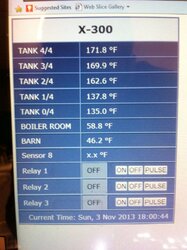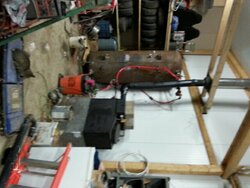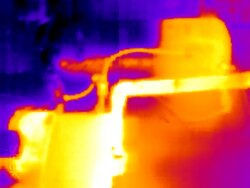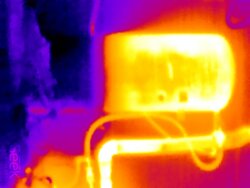You may want to review Tom's website (Americansolartechnics.com) before you build a tank. A 1" hx is not the most efficient and epdm is not the ideal liner material.
No that wasn't the plan. I actually just got back from picking up a 500Gal propane tank at Tri-province, I'm going to try it with 500G and later upgrade it with another tank to 1000 If I feel the need. For anyone wondering you can fit a 500 gallon propane tank on the back of a short box half-ton, days like this I wish I had a real truck.
I'm going to stand the propane tank on it's end, seems to me that would be better for keeping all the hot water at the top of the tank. Anybody know if it would be worth the extra bother of building the stand? Or would I be better off just laying it on it's side the way it was designed to be.





